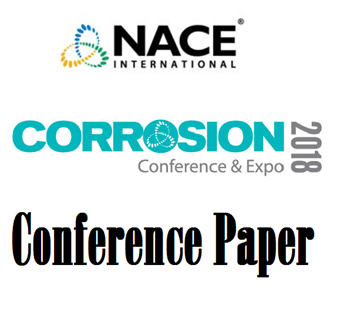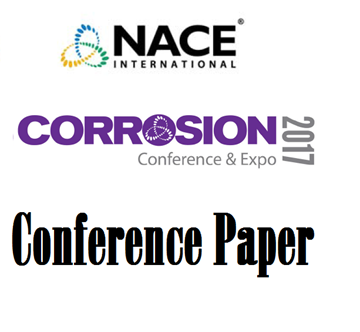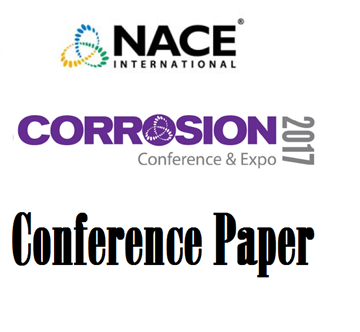Search
51318-11211-Monitoring Corrosion Rates in Diverse Applications Using Web Enabled Real-Time Analytics
Also Purchased
51318-10937-A New Perspective on Corrosion Monitoring
Product Number:
51318-10937-SG
Publication Date:
2018
$20.00
Online Continuous Corrosion Monitoring for Detection Monitoring and Control of Localized Corrosion
Product Number:
51317--9065-SG
ISBN:
9065 2017 CP
Publication Date:
2017
$20.00
High Accuracy Ultrasonic Corrosion Monitoring
Product Number:
51317--8990-SG
ISBN:
8990 2017 CP
Publication Date:
2017
$20.00




